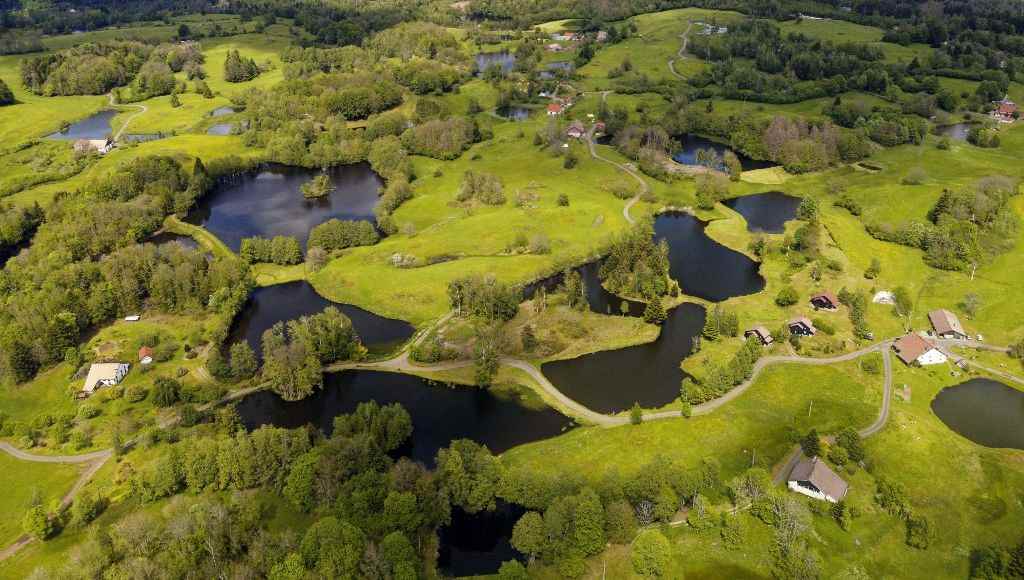“My France, summer” settles in the East to help you discover Franche-Comté and its well-hidden secrets. At the heart of the region’s heritage, we find Arbois in the Jura department. This town of 3,400 inhabitants is nicknamed “the country of Louis Pasteur”. There is the scientist’s family home, preserved as it was when the inventor of the rabies vaccine lived there.
Discover Louis Pasteur’s laboratory and billiards
In the only house he owned, Louis Pasteur liked to stay with family or friends. We can now discover the house preserved intact and discover the way in which he lived. The pool table for entertainment is still in place, as is the scientist’s personal laboratory. Coming to Arbois is also an opportunity to discover an extraordinary heritage, preferably on foot to admire the streets and the pretty facades or even the Jura Vine and Wine Museum, in the heart of Château Pécauld.
Director of Terre de Louis Pasteur, Sylvie Morel reveals the secrets of the conservation of this place. She looks back on the life of Louis Pasteur and gives us some ideas for excursions in the region.
The 1000 ponds, remnant of the Ice Age in Haute-Saône
In Haute-Saône, at the foot of the Vosges, is the plateau of 1000 ponds. This vast expanse of 220 square kilometers has kept traces of the last ice age twelve millennia ago. The region is nicknamed “Little Finland” because of its hollow ground. Protected and sometimes threatened species are found in peat bogs.
Near the lakes, there is the Planche des Belles Filles, the highest point in the Haute-Saône department, known for its stage of the Tour de France. To better discover this heritage, a couple decided to welcome visitors to the heart of a small educational and itinerant farm. Pierrot and Perrine tell us about their “P’tits An’imés trails”.
The oldest glassworks in France
Nestled in Haute-Saône, the oldest glassworks in France has managed to maintain its activity. The La Rochère glass factory transforms glass into a work of art. What is special about this company? Offer luxury pieces but also objects accessible to all. The glass factory has been able to maintain its activity thanks to new industrial techniques. They touch on everything and can even work on the glass squares of the metro or even in our bathrooms.
The commercial director of “tableware” at La Rochère, Nicolas Bigot, tells us the story of this extraordinary company.
Also find the tradition of Comtois horse breeding with Julien Dugois, breeder at the Attelages du Val d’Amour, as well as Mikaël Demenge, an outstanding community manager, who knows how to present his favorite city like no one else.
